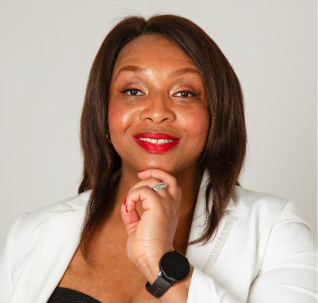There are two different realities people across the world face when it comes to digitalisation.
On one hand, the expansive and transformative landscape of digital technology provides new systems of life that are leading economic development and new ways to socially interact with people continents apart.
Online platforms like social media have become the day-to-day live forms of communication, work and entertainment.
While such platforms and digital products like Artificial Intelligence have their drawbacks, they have served to aid development in people’s lives. Whether through enhancing the way they live or increasing their level of access to things that would have been out of reach before.
Digitalisation is a fundamental benefit and need in society, especially in the current digitally governed age where technology is the norm.
For those whose day-to-day doesn’t involve online platforms, messages, data and information, life is vastly different.
In 2020, The World Bank discovered that 30 per cent of Africans had access to the Internet, which meant 70 per cent of the African population was left without the developmental tool. For the year 2021, figures only rose to 33 per cent showing little improvement in the rise of internet penetration in Sub-Saharan Africa.
When Covid-19 struck the globe, it also provided greater exposure to the digital divide in Africa.
Developed countries with higher internet accessibility levels were able to adapt to the pandemic’s extremes through virtual zoom calls, remote working and the online delivery of goods and even news reporting on the dire situation. Whereas low-developed countries and rural areas where socio-economic inequalities cause communities in those spaces to suffer disproportionality, struggled even more.
This disparity of access to information and communication technologies (ICTs) as we know has not been limited to region, age or economic factors but also gender.
The Digital Gender Divide
In Africa, there was only 19 per cent of women using the internet in 2020, compared to 86 per cent in the developed world.
The slow rate of internet access and adoption has also been linked to the mobile gender gap where women in low- and middle-income countries are 16 per cent less likely than men to use mobile internet as found in GSMA’s report earlier this year.
For women and young girls, having access to the internet opens doors to increased opportunity, knowledge, and resources.
Takudzwa Nduku, a Zimbabwean journalist who has written for organisations advocating for gender equality like the Usawa Institute believes digital access has a big role to play in the lives of women and girls: “Investing in ICTS is not only investing in African girls’ future by ensuring they keep up with their urban counterparts, we are also helping them keep up with their education when they end up in undesirable situations such as child pregnancies and early marriages.”
According to the United Nations, one in three women who are married, experience oppression in their homes. Many have no control over the household income with one in ten wives ordered on how to spend their earnings.
This is just one of the multiple inequalities women face that consequently leaves them with little hope of their oppression ending.
Industry solutions and solutions for women and girls
The digital space can serve as a place where patriarchy and glass ceilings are shattered for women as doors to speak up, create and monetise new opportunities for themselves can be created.
Organisations such as UN Women have implemented critical initiatives like the African Girls Can Code with telecommunication partners to increase women in technology.
GENPOL and the Coalition for Digital Equality (CODE) among other partners in Ghana and Uganda have started knowledge-sharing and collaborative development workshops and consultations for those at the system level to find solutions to the digital gender divide in Africa.
While both sectors are doing vital work in the Business and technology sector, work must also be carried out in the media and through the media industry.
Internet access and digital training for women in media, health, education and finance must also be part of the next agendas to come.
For all the young girls and women from low-income and middle-income areas, dreaming to join movements supporting the rights they experience being taken for granted every day, they need to be seen, heard and empowered.
Education is the fundamental solution for everyone but the media also has a role to play too.
As journalists with a job that allows us to reach the ground and meet with people in places where the outside or digital world, may never reach, we can go.
Taking a solutions-seeking journalism approach we can share the authentic stories of women and girls without access to the internet, connect them to others and speak with authorities.
As part of the United Nations’ Sustainable Development Goals (SDG), one of the previous goals was to connect every woman worldwide to the internet by 2020. Now that we are two years passed this date, fair access to digital applications will not be reached until 2042.
While solutions such as increasing the adoption of technology and supplying more research data are both solutions that have been presented to help Africa eradicate the digital gender divide, they are for the long run.
Women and girls in Africa need some proactive solutions for their today, not tomorrow.
Media practitioners can encourage bigger shifts to be made the more we spread news, speak with policymakers, and different sectors and offer our own services of training for young girls who also want to be in the media space but didn’t see their access to it.
Let’s introduce the digitally unempowered community, networking and journalism that is not digital-only but accessible to all.
This article is part of the African Women in Media (AWIM) Graduate Trainee Programme in collaboration with Fojo Media Institute



